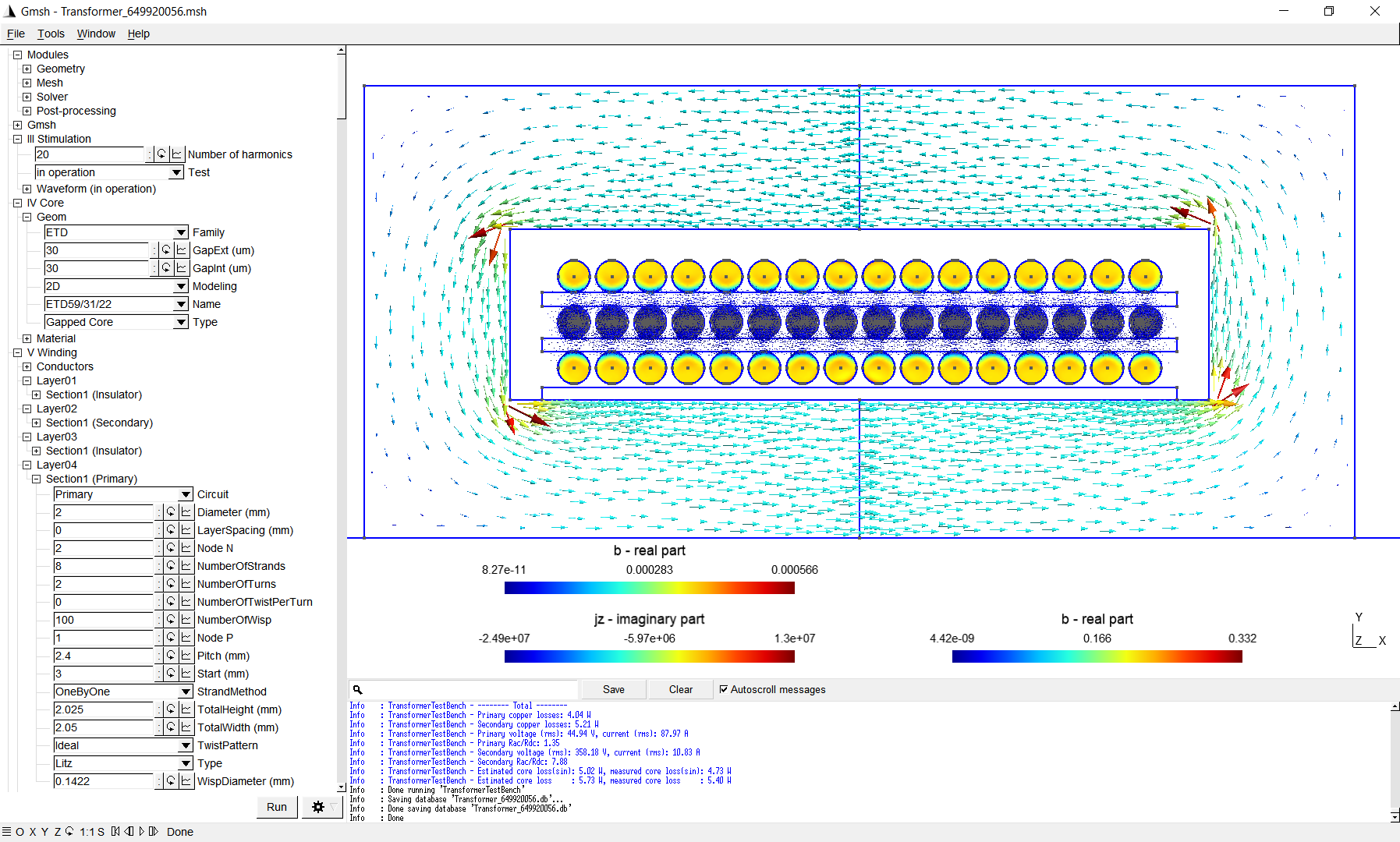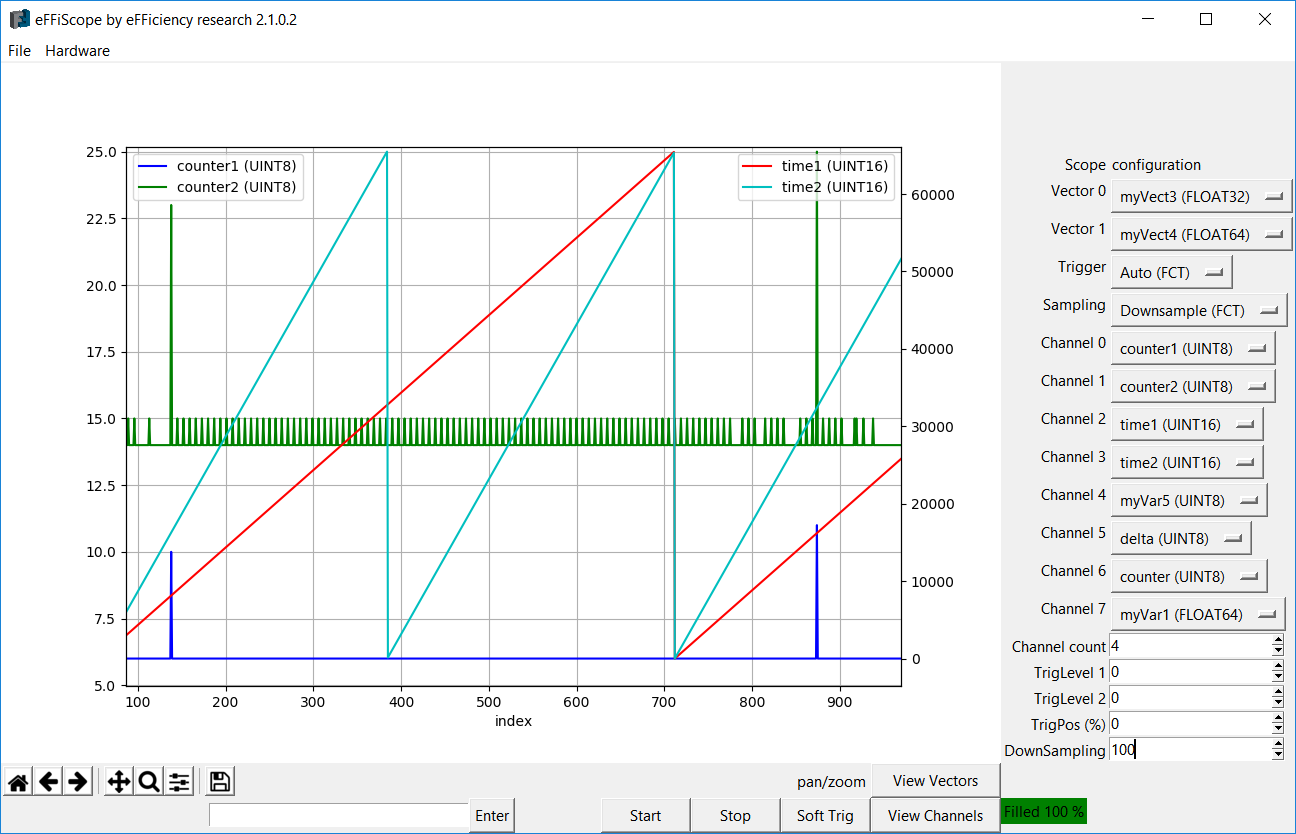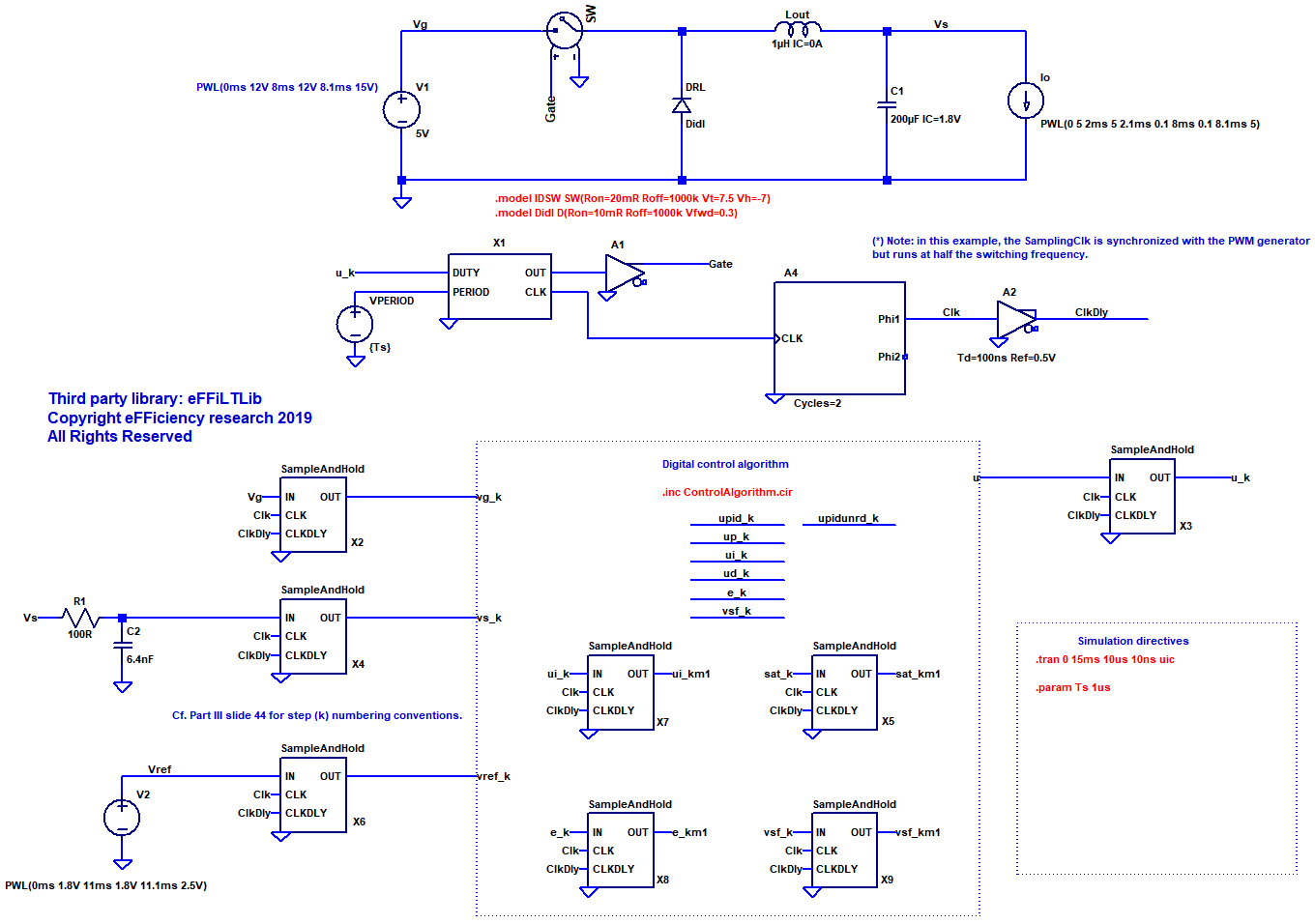COMPANY PRESENTATION
eFFiciency research is a Belgian company founded in 2003 by engineers specialized in electronic circuits design. With the evolution of Power Electronics and High Frequency Communications (wired and wireless), electromagnetic understanding of electronic circuits becomes a more demanding aspect of the design.
eFFiciency research offers Research & Innovation services in the design of electronic circuits when electromagnetic aspects matter. With several breakthroughs and patented inventions in this area, eFFiciency research is an ideal partner in the development of innovative electronic circuits that include one or several electromagnetic aspects.
EXPERTISE AREA
eFFiciency research has already been involved in the development of many products that have successfully been marketed.
WORKING TOGETHER
Electronic circuits can be very different if only one parameter differs. For example, the way a 10 kW power supply is designed is completely different from the way a 1 W converter is.
In order to give quantitative values that allow you to assess the expertise you can get by working with us, the figure below shows some typical values encountered during the design stages.
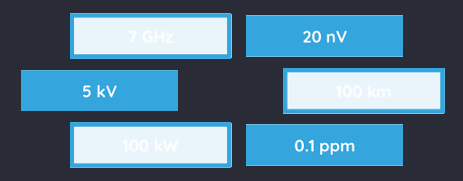
For example, a few watts to several kW converters with input and output of a few volts to several hundred of volts, radio frequency devices operating from several meters to hundred of kilometers, radio receiver with less that 20 nV sensitivity and 0,1 ppm long term carrier frequency accuracy, …
Our expertise at your service.
METHODOLOGY
Research of fast and efficient solutions to a technical challenge always requires a suitable methodology when creating innovative products. The way we proceed to discover efficient solutions is based on three methods:
The efficient approach we suggest is to use the above tools when they are optimum in the course of the research and development steps. The right tool is the tool that gives the most information in the shortest time frame. By continuously keeping in mind the above three tools and by alternately selecting them, product development can be very fast and lead to numerous new ideas.
At each iteration, knowledge increases and opens the door to new ideas.
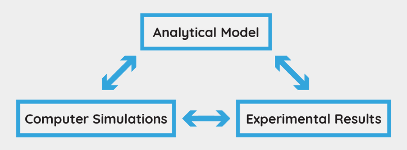
To be concrete, let’s start with an example: the design of an innovative 10kW power supply topology.
A new circuit can be imagined by crossing the product requirements, the knowledge of the engineers and by parsing a lot of literature in order to avoid re-inventing the wheel. Once it is done, the analytical model is understood but not verified. A computer simulation can be useful to check that the circuit works as expected. If necessary, the analytical model can be corrected. When confident about the result, a prototype can be elaborated. When bringing-up the prototype, the computer simulation model can be refined for the next product development.
TRAINING
The on site trainings are given by experienced (typically 25 years of experience) engineers who are experts in their domain. All teachers are still fully active in the industry and are also involved in research projects. The course are contentiously reviewed to match customers demands and industry needs and evolution.
Antenna Basics
- Presentation of the fundamentals of wave propagation
- Review of general antenna characteristics
- Examples of antenna simulations based on modern finite elements methods
Electromagnetic compatibility regulations
- Use of regulation as a strength to build reliable products
- Important electromagnetic regulations
- Possible training customization to a specific product category
Electromagnetic compatibility basics
- Introduction to electromagnetic rules
- Prerequisite to the “Ground management in printed circuit boards” training
- Prerequisite to the “Electromagnetic compatibility for power electronics” training
Ground management in printed circuit boards
- Review the role of a ground plane
- Understand power supply noise, mixed signal design and RF design
- Connection rules of the ground plane to the chassis: examples and simulation
Electromagnetic compatibility for power electronics
- Identify and modelize noise sources and coupling mechanisms
- Filters design and noise reduction techniques
- Systematic approach of the problem
SOFTWARE TOOLS
eFFiciency research has developed different tools used during the design and optimization of power converters and wireless devices. Some of these tools appear to be extremely powerful and have reached a sufficient degree of maturity to be used by people outside eFFiciency research. Therefore, they are now offered for power electronics advanced simulations and embedded design debugging.
CONTACT US
Fill out this form to get in touch.

